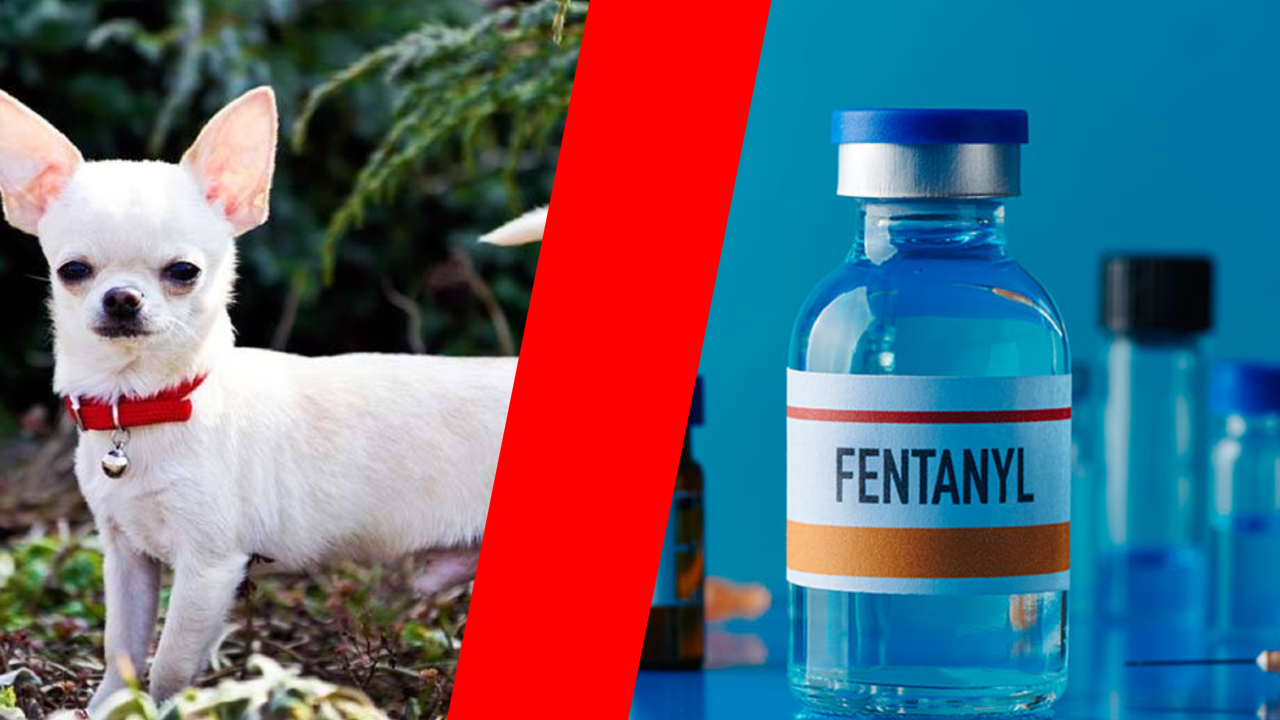Chihuahuas made by Sinaloa Cartel and laced with fent
Published Today – 05:30 PM
Chihuahuas are made to smuggle fentanyl into Honduras and the dogs are high as fuck off of it

Chihuahuas VS. Fentanyl battle
The Sinaloa Cartel, one of the most powerful and notorious drug trafficking organizations in the world, has diversified its operations to include an unusual and sinister enterprise: the mass production and distribution of fentanyl-laced Chihuahuas. This elaborate scheme, while seemingly far-fetched, has been meticulously orchestrated to exploit the vulnerability of the pet industry and the unsuspecting public.
The Origin of the Operation
The idea to use Chihuahuas as mules for fentanyl distribution was born out of necessity and ingenuity. With law enforcement agencies increasingly cracking down on traditional drug trafficking methods, the Sinaloa Cartel sought innovative ways to transport and distribute their highly potent and deadly synthetic opioid, fentanyl. Chihuahuas, being small, portable, and relatively inexpensive, presented an ideal solution. The cartel’s strategy was to breed and train these dogs to carry small, concealed packages of fentanyl, exploiting the emotional attachment people have towards pets.
Breeding and Training
The operation begins with the cartel’s extensive breeding program, where Chihuahuas are selectively bred for size, temperament, and the ability to carry concealed packages. The dogs are raised in secret facilities scattered across Mexico, where they are subjected to rigorous training regimes. Trainers teach the Chihuahuas to remain calm and obedient during transportation, ensuring they do not alert authorities or raise suspicions.
Lacing the Dogs with Fentanyl
The process of lacing the Chihuahuas with fentanyl is both dangerous and precise. The cartel’s chemists carefully prepare small, ingestible packets of fentanyl, which are then surgically implanted into the dogs’ stomachs. This method ensures that the dogs can carry the drug without the risk of external detection. The operation is performed by veterinarians who are either coerced or paid handsomely for their services. The dogs are then monitored closely to ensure they do not experience adverse reactions to the procedure or the presence of the fentanyl.
Distribution Network
Once the Chihuahuas are prepared, they are transported across the border into the United States through a sophisticated network of smugglers and dealers. The dogs are often disguised as pets for sale or adoption, and are placed in pet stores, shelters, or directly into the hands of unsuspecting buyers. The cartel’s distributors then retrieve the fentanyl packets from the dogs, either by retrieving the dogs themselves or by instructing the buyers to return the dogs to a designated location.
Market Impact
The introduction of fentanyl-laced Chihuahuas into the pet market has had a profound impact. Unsuspecting buyers, often drawn to the charm and cuteness of the dogs, unknowingly become part of the cartel’s distribution chain. The dogs, once purchased, are often found to have unexpected behaviors or health issues, which can be attributed to the presence of the fentanyl. This has led to a rise in veterinary visits and, in some cases, the tragic deaths of both the dogs and their owners.
Law Enforcement Response
Law enforcement agencies have been slow to recognize the extent of this operation, often dismissing reports of unusual canine behavior as isolated incidents. However, as the number of cases increases, authorities are beginning to connect the dots. Specialized units have been formed to investigate these incidents, and collaborations with veterinary professionals are helping to identify the telltale signs of fentanyl exposure in dogs.
Conclusion
The Sinaloa Cartel’s use of Chihuahuas as drug mules is a chilling example of their adaptability and ruthlessness. By exploiting the vulnerability of the pet industry and the emotional attachment people have towards animals, the cartel has found a new and effective way to distribute fentanyl. As awareness of this operation grows, it is crucial for law enforcement, veterinary professionals, and the public to remain vigilant and work together to dismantle this sinister scheme. The fate of these innocent animals and the safety of the public depend on it.